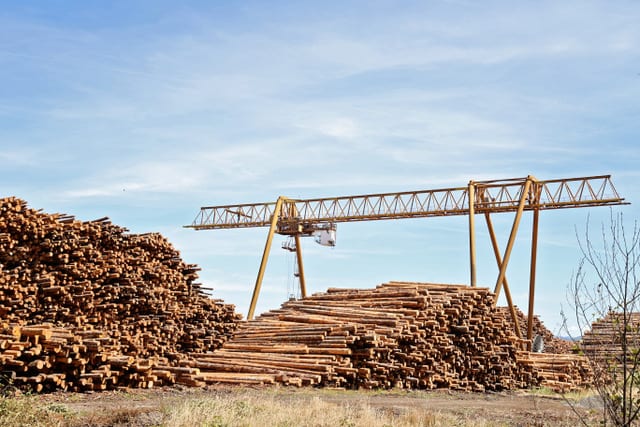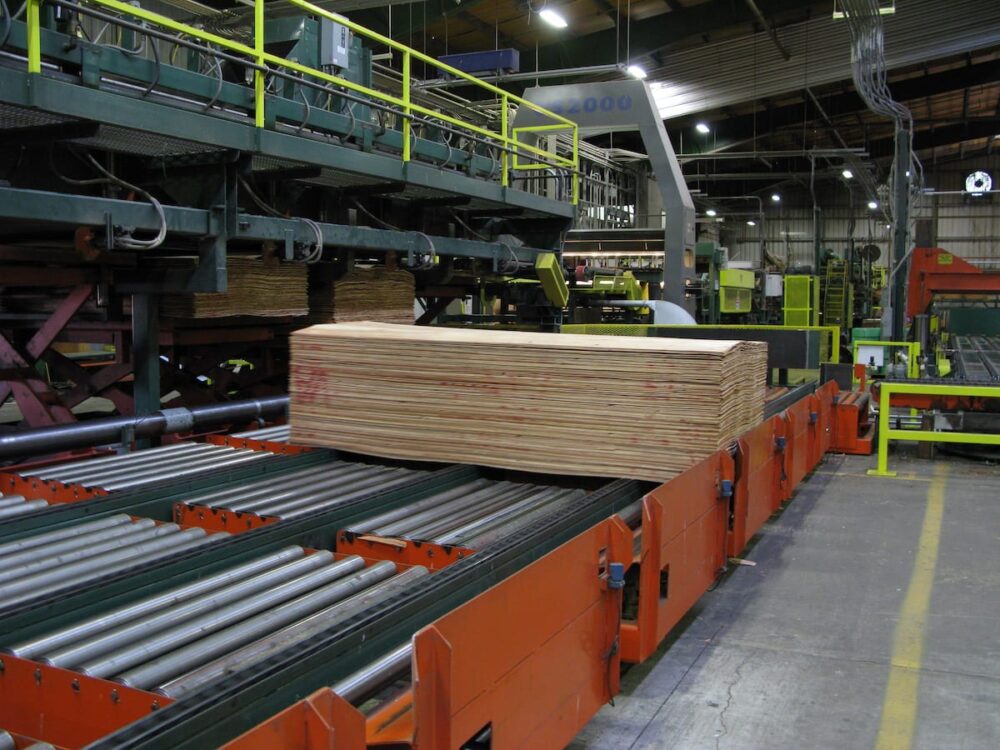October 7, 2016
A big change in the international lumber market will come next week due to the expirations of the Softwood Lumber Agreement that will affect all domestic producers, including Freres Lumber Company.

The grace period for the Softwood Lumber Agreement (SLA) expires on October 13th. This one-year grace period, which began at the expiration of the SLA in 2015, prohibits the US and Canada from filing countervailing duties or anti-dumping duty cases against the other. The previous agreement allowed for the levy of varied percentage duties based upon the current market price in relation to the Random Lengths Framing Lumber Composite. For instance, if the Random Lengths Framing Lumber Composite was under $315US / mbdft, a 15% charge was levied against Canadian imports. If the composite price was between $336 and $355, a 5% charge was levied. Above $355, there was no charge levied. The general idea was that at an appropriate price for lumber, domestic producers could compete with a built-in 15% price increase to Canadian producers. During good markets and strong pricing, they would allow lower duties.

All sounds well and good, but the general argument is that Canada was inappropriately subsidizing finished product exports by providing timber at below justifiable market rates to encourage resource export to the US. The Canadian log pricing system may indeed be opaque and lack market forces to set prices. The lands are owned by the Canadian government, and the government can set the price of the timber they sell to their forest products companies. Previous International Trade Court rulings have held it to be true. However, if lumber is subsidized by the value of timber sold to wood products producers, what about other products produced from the same timber? Veneer and panel products are made with the same spruce/ pine/ fir timber that lumber producers complain are unfairly subsidized, but the Softwood Lumber Agreement does not safeguard the pricing of these products. It is as if the beef industry decided that Canada was subsidizing the cattle industry and levied a tax on steaks but would not tax ground beef (or vice versa). It is the same cow, sometimes the same meat, but due to a different process, the standard does not apply.
The end result is that lumber producers do not face as much competition against Canadian imports as veneer and panel producers do. Lumber prices are artificially elevated, and lumber producers are able to pay higher prices for business-sustaining timber in the Northwest US than veneer and panel producers do. If only we were able to pay the same lobbyists.

Trade is a much more complicated issue than this, however. No agreement with Canada will affect Brazilian panel imports, which have surpassed Canadian imports by over 50% in 2016. No Canadian agreement will convince Oregon’s largest landowner, the Federal government, that a realistic and sustainable forest management plan should be adopted. Such a forest management plan would increase the amount of timber available for harvest in Oregon which not only give an avenue for other products to flourish in Oregon, but allow steady timber revenues for our counties to fund our schools and vital infrastructure. Alas, here in the US, we don’t encourage forest management on Federal lands to boost employment and revenues as the Canadian government does. Rather, we allow our greatest renewable resource to burn by turning all Federal lands into wilderness.

It is evident wood products markets are terrible because I linger too long on political issues. Sheathing plywood has been the strongest sector of our markets for the last couple of months. It remains decent, and there is still hope for another round of buying during historically strong months. Winter is approaching, however, and the building market tends to drift lower as weather impedes projects. Considering the persistently high log costs, consistently lower veneer prices, and the potentially difficult winter, it is hard to be optimistic about our markets during the fourth quarter of this year. We kept our heads above water because the level of imports did not exceed demand. This scenario will likely not continue into the coming months. Unless there is a large change in veneer and panel production, or an unanticipated improvement in LVL, hardwood, or specialty panels, veneer will continue to lag in the fourth quarter. Panel prices will probably suffer unless demand exceeds expectations.

All said, we are in a very good position going forward. We believe we have made sound investments in plant operations over the last year that will strengthen our position over other producers. We recently finished upgrades at the studmill, which has been a project three years in the making. The studmill is running well and producing more chips than planer shavings, while also increasing lumber production per hour. The new dryer at the plywood plant is running very well, and production continually improves as we have worked through some minor issues.
We will run as much as our markets will bear, but we may be forced to a straight-time schedule while the veneer and plywood markets work through current difficulties. We try to be as aggressive as we can, for all our sakes, but we can’t fight the market.

Subscribe
We’ll send you a notification when a new story has been posted. It’s the easiest way to stay in the know.